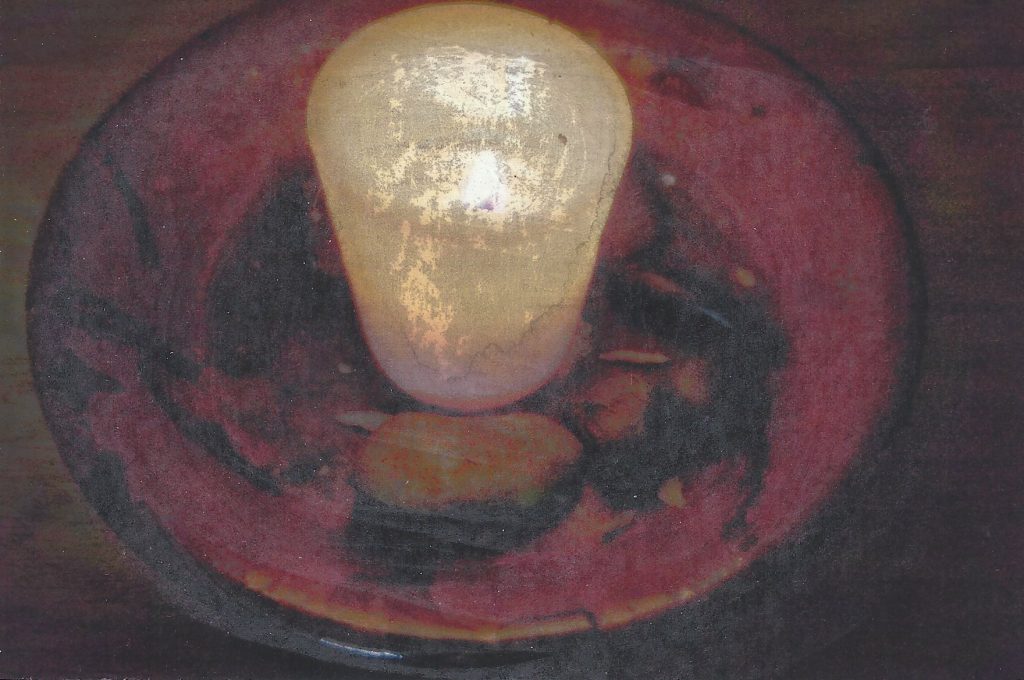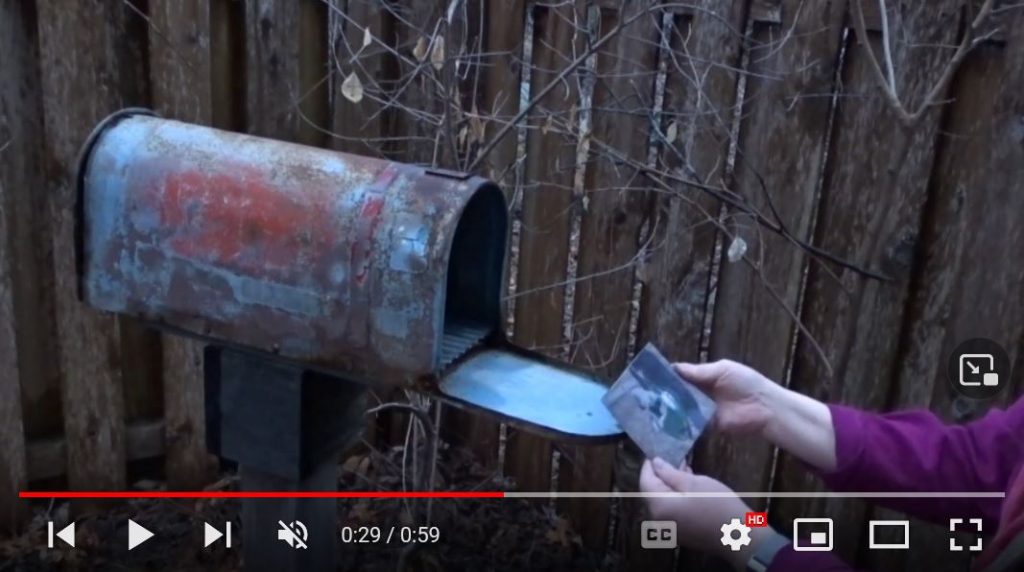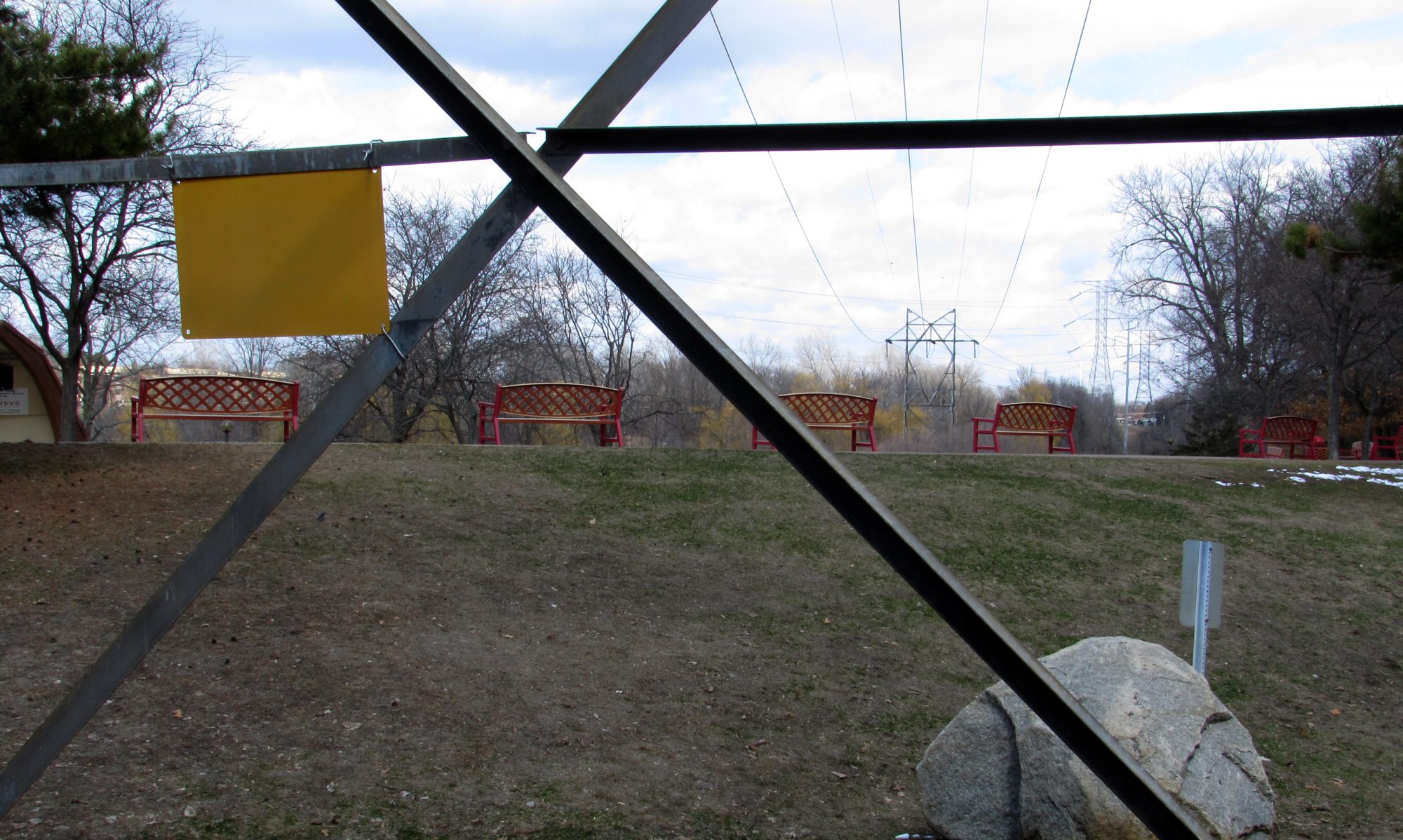This is the first in a series looking back across time at the ongoing project called Postcards from the Pandemic.

As the pandemic first rose and rode across the world like a tsunami, it washed away schedules, work patterns, social norms, and plans for the future. Normal, orderly time was broken up and scattered, –some of it lost all together. I’ve been trying to pick up the pieces, ever since.
On March 11, 2020, the World Health Organization announced that the COVID-19 outbreak was now a global pandemic. Before this declaration emerged, its seeds had been germinating below my sustained attention. My life was not altered when December’s unnamed virus cases appeared in China. It was unsettling in January as the story became closer, surfacing in the U.S. on January 19th and having its unseemly portrait created by CDC artists on January 21st. I felt more foreboding in February, when the World Health Organization named the virus “COVID-19,” suitable for its destined ubiquitous role in daily life. Later in February, Italy was shutting down. On March 6th, having already planned the trip, our family boarded a plane, wiped the surfaces with bleach towelettes, and arrived in San Diego to see my 90-year-old dad. When we entered his house, he held his arms back and said, “No hugging!” –a smart precaution for his age, and our first experience of social distancing. We made hug gestures in the air, and sat apart from each other on his patio with lemonade and salted peanuts. The following week, on March 10th, we flew back to Minnesota. The next day, we were in a global pandemic.
March 2020: Marking time

After the trip, as the unraveling continued, I decided to use art to create an island of structured time amidst the chaos. Here is how my artist’s statement began:
In March of 2020, as the realization of the scale and impact of the pandemic was gradually taking hold in me, I sensed the cascading losses of certainty. Plans for the future – for my job, for social gatherings, for my children’s schooling, for what it meant to go to the store – all these were up in the air. The rituals of planning, setting goals, and meeting deadlines were suspended. Life became tentative. Time was distorted and disordered. In response, I decided to do something to reclaim what sense of normal time I could. Like a shipwreck survivor marks days on the wall of a cave, I decided to mark time based on the reliable cycles of day and night. Each day from March 21 to June 21, I decided to collect and catalog a moment with an image and an observation to create postcard vignettes of my experience. I completed this almost every day.1
Each postcard was a moment, a shard of time from the wreckage, that was safe within its 4×6 format. I printed the photographs, applied paraffin wax to preserve certain features from the memory, and then I washed diluted sumi-e ink over the image, darkening the unwaxed elements. For the back of each postcard, I wrote the date, and a short observation in silver pencil on heavy matte black paper.
Some postcards, like the one from my minister’s sermon on March 22, spoke to the tension between normal and altered life. Others reflected my increased attention to disinfecting surfaces, with a close-up of a freshly-bleached doorknob, or my particular attention to my son’s hands as they touched playground equipment. Toward the end of the month, our cat became very sick.
March 2021: Opening time capsules

In summer of 2020, having barely made it through creating the content for postcards from March through June, I set the project down. It was exhausting holding time together as it was relentlessly pulled apart. But, in March of 2021, one year after starting–and with the pandemic still growing–I felt the urge to mark time again. I hadn’t really had a plan the prior year about the end of the project, –just that at some time after the pandemic, I would present or exhibit the postcards in an art installation. I thought about how postcards are meant to be mailed, and my next steps are described in this part of my artist’s statement:
The postcard records were like micro-time capsules, sent from the early pandemic to a later version of myself. A year later, still in the pandemic, I thought about how I would retrieve these messages, and share them, joining with the pandemic reflections as multiple as the population. The post office delivers mail across distant geographies – from one mailbox to another. I decided I needed a mailbox to deliver mail across distant time periods. So, using a salvaged mailbox from my childhood garden, I set a stage for the postcards to be retrieved across time and remembered. After assembling my records of pandemic moments into postcards each day, I video recorded and ritualized a daily visit to receive the mail, reading the messages, and viewing the moment partially preserved in an altered photograph. 1
It took nearly an hour each day to film the mailbox ritual, record my voice reading the postcard, and then edit the footage, and post it online. It made each memory heavier with the weight of the effort. Video editing can be fussy, and require attention to detail, replaying and editing over and over again. Perhaps it served as a meditation, as if a story would emerge if I just tried again. After posting each one on YouTube, I tweeted it into the ether, in my new, unfollowed Twitter account. What was the purpose in all this? Why send these memorialized moments into the atmosphere? I wasn’t sure, but once started, I did not want to break the momentum. The repetition created order, even as the weather changed, the soundtrack recorded passing cars, and birds, and the pandemic cases and deaths continued to rise. March 2021 marked about a year since my kids started remote schooling, my work life existed through Zoom, and since we’d visited my dad. My husband and I waited our turn to be eligible for the vaccine.
March 2022: Mending the loose ends of time
Once again, my fresh spring plans of 2021 had not resulted in completing my pandemic story. Maybe I sensed a conclusion was premature. As the two-year anniversary of the global pandemic approached in March 2022, I longed for closure, — or at least an end to this chapter. I recently read an article in the Atlantic by Joe Pinsker about how disorienting and disheartening it was for people to not be able to close their pandemic narrative—especially in Fall 2021 when Delta pulled a “gotcha” on our dreams of ‘normal’ life. The author called it “narrative fatigue.” Humans like a complete story with a beginning, middle, and end. But my broken pieces of timeline were fraying.
So I decided, once again, to try to regroup and finish the project, for real this time. Which brings me to this essay. This time, I decided, I would scoop the moments into month-sized stories, weaving the months in one direction across the years in the other. Maybe these woven time lines can hold the story together this time. I know from so many articles, videos, and artworks by others, that I’m not the only one with narrative fatigue.
How did you,–and are you still– holding your stories through each pandemic spring?
Notes:
1 Excerpts of Artists Statement from Postcards from the Pandemic website, March 2021, Full Spring Studio, LLC.
CDC. (2022, January 5). CDC Museum COVID-19 Timeline. Centers for Disease Control and Prevention. https://www.cdc.gov/museum/timeline/covid19.html
Brigham, Jonee Kulman. Postcards from the Pandemic – Full Spring Studio, LLC. Full Spring Studio, LLC. Retrieved March 31, 2022, from http://fullspringstudio.com/postcards-from-the-pandemic/
Pinsker, J. (2022, March 10). Our Brains Want the Story of the Pandemic to Be Something It Isn’t. The Atlantic. https://www.theatlantic.com/family/archive/2022/03/covid-pandemic-story-two-years/627023/

